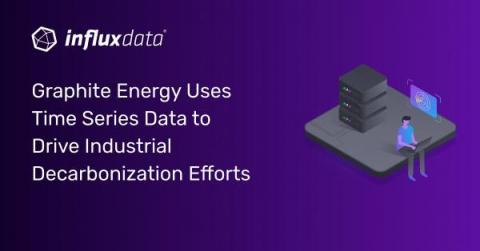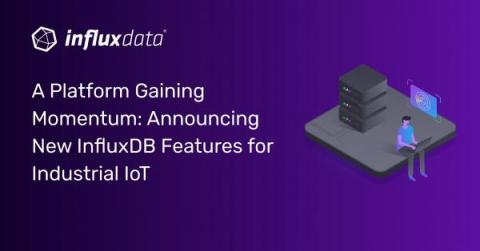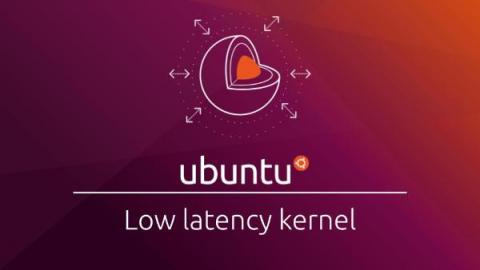Graphite Energy Uses Time Series Data to Drive Industrial Decarbonization Efforts
One major challenge with decarbonization of industrial heat is converting the variability of renewable energy into the reliability required by process plants. Solar panels only generate energy when the sun is out, and wind turbines generate energy when the wind blows. Industry, however, has a consistent and persistent need for energy. Graphite Energy, based in Australia, recognized this disconnect and set out to create a solution to it.









